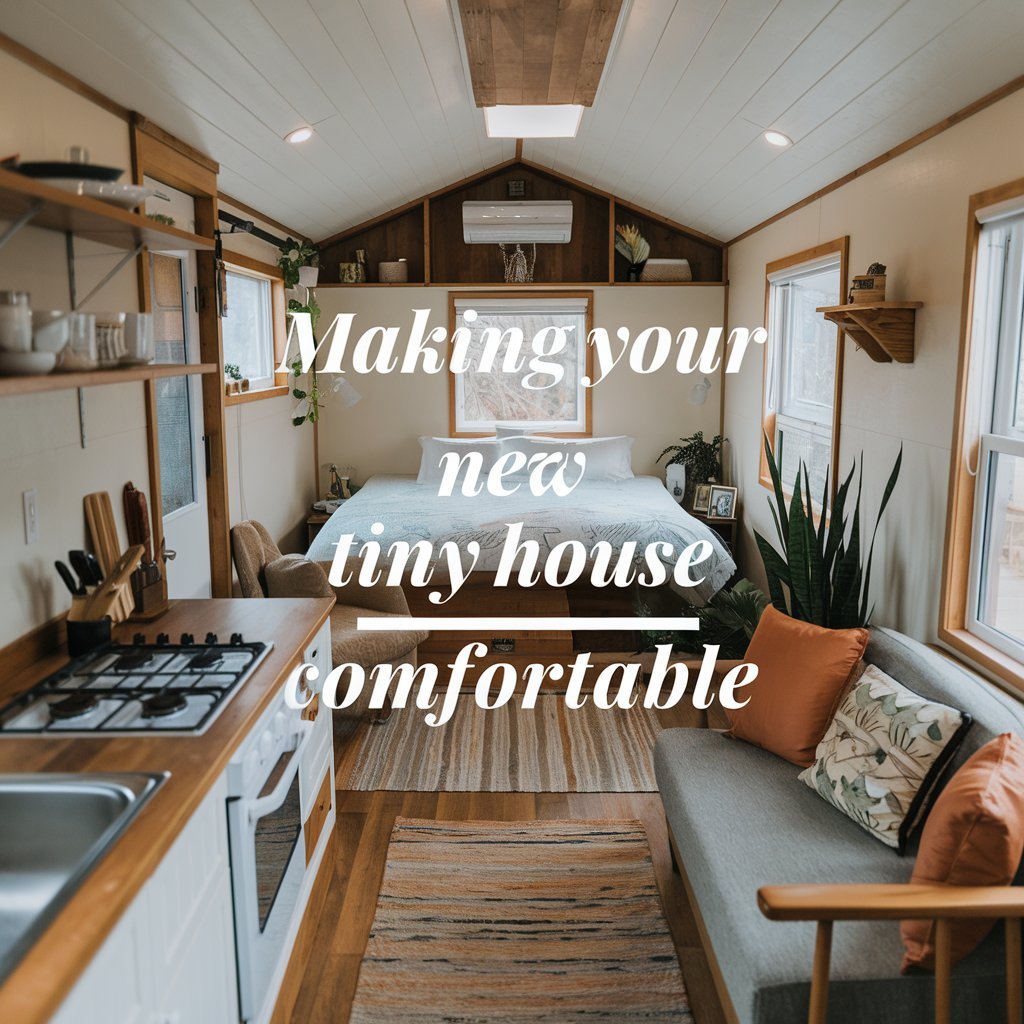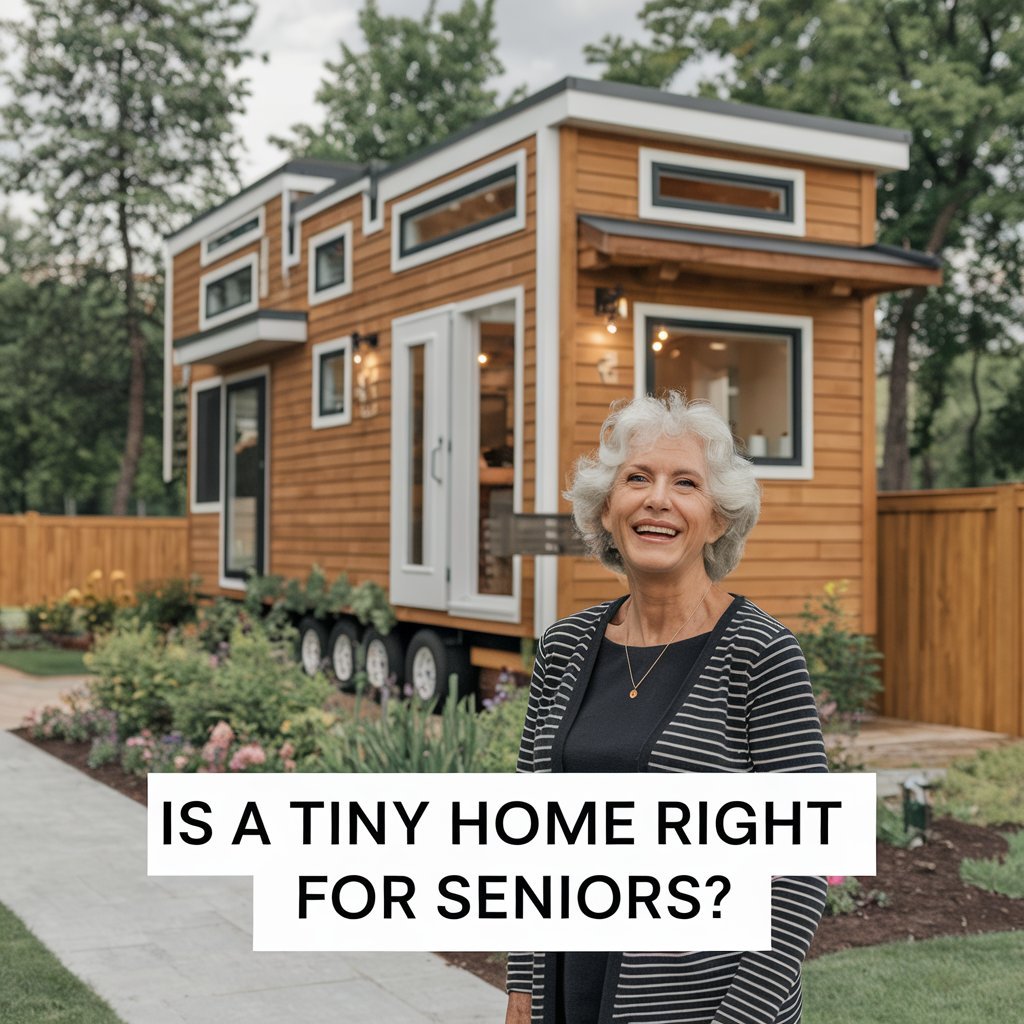Compact living spaces have gained popularity nationwide, and Tennessee is no exception. The state permits these dwellings, but rules vary by location. Most areas follow the International Residential Code (IRC), which sets minimum size standards at 120 square feet. This flexibility makes Tennessee a viable option for minimalist lifestyles.
Local zoning laws play a critical role in determining where you can place such structures. Urban and rural districts often have different requirements for permanent foundations or utility connections. Always verify county-specific guidelines before purchasing land or starting construction.
Tennessee’s tax policies add to its appeal for compact living enthusiasts. No state income tax and moderate property taxes reduce long-term ownership costs. Many communities also support eco-friendly housing initiatives, aligning with sustainable living trends.
Building codes ensure safety without stifling creativity. Design features like loft spaces must meet specific ceiling height and staircase specifications. Working with licensed contractors familiar with small-space construction helps avoid compliance issues.
Table of Contents
Key Takeaways
- Most Tennessee jurisdictions allow compact dwellings meeting IRC standards
- Zoning rules differ significantly between counties and cities
- Minimum size requirement of 120 sq. ft applies in many areas
- Tax benefits enhance affordability for owners
- Local research is essential before land purchase or construction
Introduction to Tiny Living in Tennessee
Tennessee’s scenic vistas and favorable policies are drawing those seeking simpler, smaller-scale living. The state’s rolling mountains and winding rivers create perfect settings for compact dwellings that blend with nature. Residents enjoy easy access to hiking trails, lakeside views, and forest retreats right from their doorstep.

Financial perks make this lifestyle particularly attractive here. No state income tax and lower property costs stretch budgets further compared to national averages. Utility bills often run 60% below traditional homes, freeing funds for travel or local experiences.
The movement aligns with regional values of practicality and environmental care. Many owners adopt solar panels, rainwater systems, and composting methods to reduce their footprint. This self-sufficient lifestyle resonates with Tennessee’s heritage of resourcefulness.
| Type | Key Feature | Best For |
|---|---|---|
| Foundation-Based | Permanent location | Year-round residents |
| Wheeled Design | Mobility | Seasonal explorers |
| Converted Structures | Customization | Creative builders |
Communities across the state now host tiny home neighborhoods, fostering connections among like-minded residents. These clusters often feature shared gardens, tool libraries, and event spaces—proving small spaces can cultivate big communities.
Are Tiny Houses Legal in Tennessee?
Tennessee’s legal framework for compact dwellings hinges on construction methods and structure classification. The state’s Tennessee Code Ann. § 68-126-303 sets clear guidelines for manufactured housing, directly affecting how certain small dwellings are regulated. Site-built units meeting standard building codes generally receive approval, while converted sheds or trailers face stricter limitations.
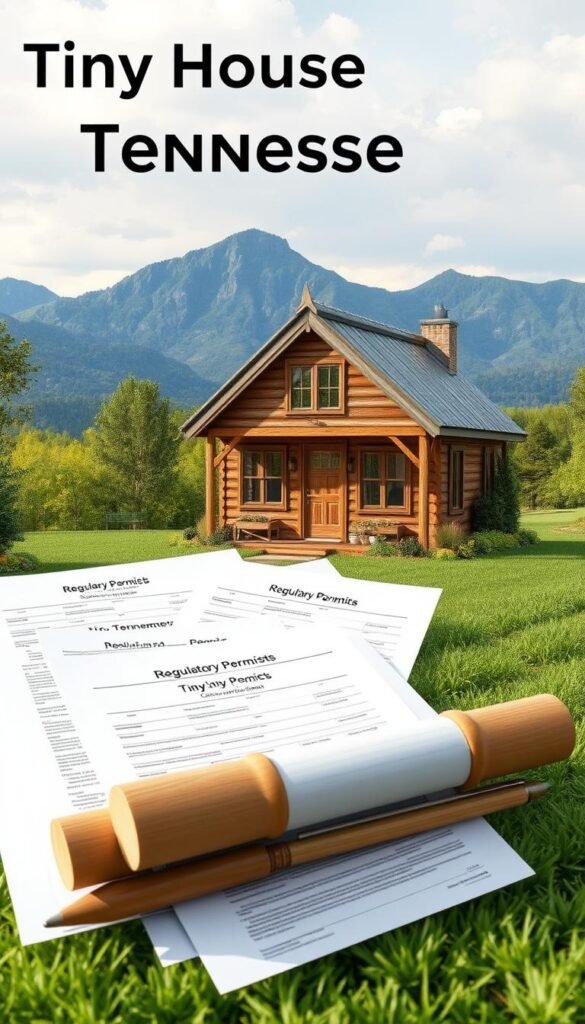
Key regulations distinguish between permanent and temporary structures. The law prohibits transforming “ready-removable” buildings—like storage containers or trailers—into habitable spaces with plumbing systems. This rule prevents makeshift setups but allows properly permitted foundations. For wheeled designs, registration as recreational vehicles often bypasses residential codes but limits full-time occupancy.
Common misunderstandings arise when owners assume all small dwellings receive equal treatment. Permanent structures must adhere to local electrical, plumbing, and safety standards identical to traditional homes. Municipalities frequently update zoning interpretations, making county-specific research essential before breaking ground.
| Structure Type | Legal Status | Key Requirement |
|---|---|---|
| Site-Built | Generally Approved | IRC Compliance |
| Trailer Conversion | Restricted | No Plumbing Mods |
| Shed Conversion | Case-by-Case | Foundation Permit |
Local governments maintain authority to enforce additional restrictions beyond state statutes. Some counties mandate minimum square footage for primary residences, while others restrict accessory dwelling units. Always consult planning departments to confirm current rules affecting your project.
Understanding the International Residential Code in TN
Tennessee’s approach to compact living is shaped by a key set of construction guidelines. The International Residential Code (IRC) serves as the foundation for most housing regulations, establishing safety and design benchmarks. Local governments use these standards to evaluate small home projects while allowing regional adaptations.
Adoption Across Counties
Knoxville and 38 other municipalities fully follow IRC requirements. These areas enforce a 120-square-foot minimum for habitable spaces and mandate 320 square feet of land per structure. Rural counties often modify these rules—some allow smaller footprints for accessory dwellings while maintaining core safety protocols.
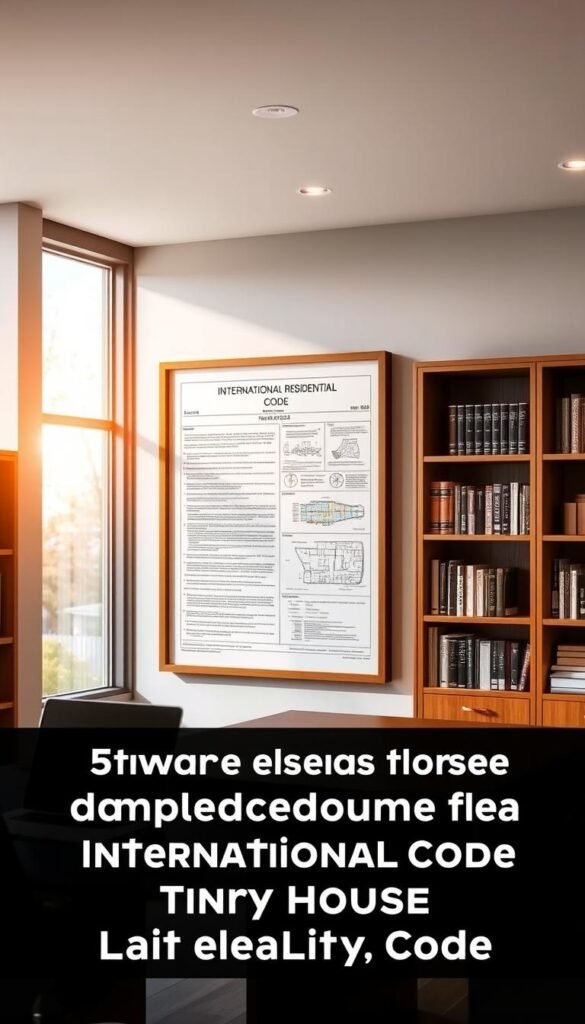
| County Type | IRC Adoption | Minimum Home Size | Lot Requirement |
|---|---|---|---|
| Urban (e.g., Knox) | Full | 120 sq. ft | 320 sq. ft |
| Suburban (e.g., Rutherford) | Modified | 100 sq. ft | 250 sq. ft |
| Rural (e.g., Pickett) | Partial | No minimum | Varies |
Local Building Code Variations
While the residential code provides uniformity, communities add specific requirements. Ceiling heights must reach 6’8″ in sleeping areas, and egress windows need clear openings of 5.7 square feet. These rules ensure safety but require careful planning for loft designs.
Three factors determine compliance success:
- Foundation type (permanent vs. temporary)
- Utility connection methods
- Fire-resistant materials in construction
Always verify current building codes with county offices before finalizing plans. Some regions offer expedited permits for energy-efficient designs that exceed basic standards.
Permits, Costs, and Approval Process for Tiny Homes
Navigating permit processes for compact dwellings in Tennessee requires understanding value-based fee structures and documentation needs. Most counties calculate permit costs as a percentage of your construction budget, creating predictable pricing tiers.

Permit Requirements and Timeframes
Applications typically need three key documents:
- Detailed site plans showing utility access
- Construction blueprints stamped by licensed professionals
- Proof of land ownership or leasing rights
| Construction Cost | Permit Fee | Processing Time |
|---|---|---|
| Under $5,000 | $100 | 7-10 days |
| $5,001-$25,000 | $250 | 10-14 days |
| Over $25,000 | 1% of total | 15-20 days |
Permanent structures must meet foundation requirements, while mobile units need RVIA certification. Delays often occur when applicants submit incomplete paperwork or skip pre-application consultations with local offices.
Cost Breakdown by Construction Budget
Building expenses vary based on material choices and labor. DIY projects under $15,000 often use reclaimed materials, while professional builds average $35,000-$60,000 for custom designs.
| Budget Tier | Key Features | Common Challenges |
|---|---|---|
| Economy ($10k-$25k) | Basic utilities | Zoning restrictions |
| Mid-Range ($26k-$50k) | Solar integration | Permit complexity |
| Premium ($51k+) | High-end finishes | Contractor availability |
Schedule inspections early—electrical and plumbing checks often require 48-hour notices. Partnering with builders familiar with local codes helps avoid costly revisions.
Zoning Regulations and Land Requirements for Tiny Houses
Navigating land use rules requires understanding how local classifications shape development options. Tennessee’s zoning districts each have unique standards affecting where small homes can be placed. Agricultural zones often prove most flexible, while urban residential areas may impose stricter limits.
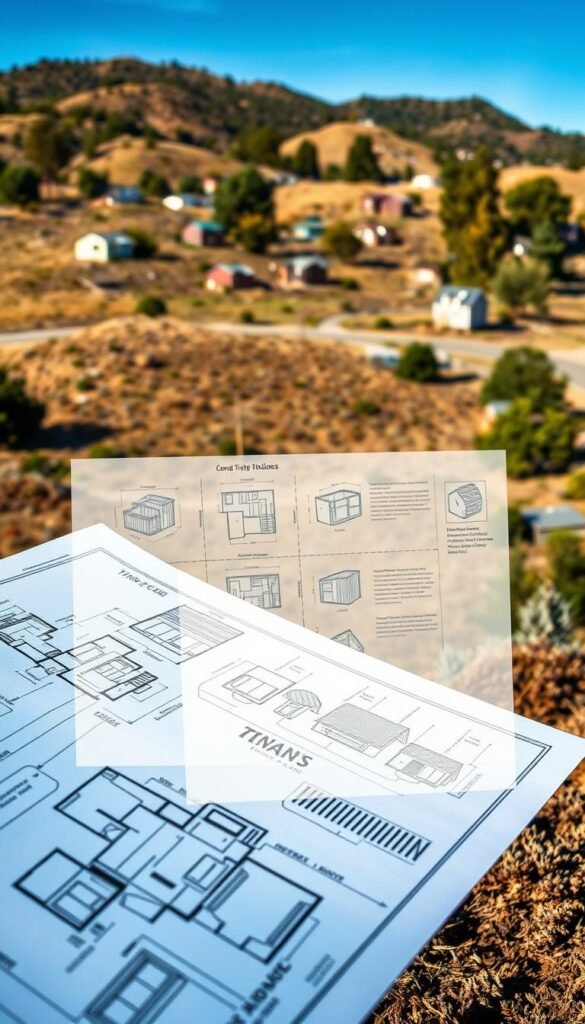
Minimum Lot Size and Land Use Standards
Jurisdictions set different acreage requirements for primary residences. Rural counties like Grundy allow structures on quarter-acre plots, while Williamson County mandates one-acre minimums for certain zones. These rules influence whether properties can host accessory units or standalone small homes.
| Zoning District | Minimum Lot Size | Utility Requirements |
|---|---|---|
| Agricultural | 0.25 acres | Septic system |
| Residential-R1 | 0.5 acres | City sewer |
| Mixed-Use | No minimum | Shared infrastructure |
Three critical factors determine compliance:
- Setback distances from property lines
- Access to water and electricity
- Road frontage specifications
Always visit county planning offices to obtain current zoning maps. Many provide online portals showing allowed uses for specific parcels. Property taxes apply based on assessed value, regardless of home size.
Research these elements before land purchase:
- Existing easements or covenants
- Future development plans near the site
- Permitting timelines for accessory dwellings
Key Safety Standards and Construction Requirements
Meeting safety protocols forms the foundation of any successful compact home project in the state. Builders must balance creative design with strict code compliance to protect residents and ensure long-term viability.
Essential System Specifications
Plumbing installations require standalone bathrooms with approved waste disposal connections. Electrical systems need GFCI outlets in wet areas and proper grounding to prevent hazards. Fire-resistant materials in walls and ceilings are mandatory, along with smoke detectors in sleeping areas.
| Area | Ceiling Height | Window Specifications |
|---|---|---|
| Living Spaces | 6’8″ minimum | Emergency egress required |
| Bathroom/Kitchen | 6’4″ minimum | Ventilation compatible |
| Bedroom | 6’8″ minimum | Closet + 5.7 sq.ft opening |
Space Design Rules
Sleeping lofts must have permanent stairs or certified ladders for safe access. Emergency exits require windows with unobstructed openings measuring at least 24″ high and 20″ wide. These rules prevent cramped conditions while maintaining evacuation readiness.
Non-sleeping areas need 70+ square feet of flexible space. Kitchens demand 30″ of clear counter space beside cooking appliances. Proper planning ensures comfort without compromising essential safety standards.
Local Variations Across Tennessee Counties and Cities
Tennessee’s diverse regions showcase distinct approaches to accommodating compact living solutions. Urban centers and rural districts balance innovation with preservation through tailored policies.
Knoxville Standards
East Tennessee’s largest city fully adopts IRC guidelines, streamlining approvals for primary residences. Builders enjoy:
- Clear 120 sq.ft minimums
- 30-day permit processing
- Flexible foundation options
Nashville Requirements
Middle Tennessee’s capital classifies these dwellings as detached accessory units. Key rules include:
- Placement behind existing structures
- Multi-family zoning prerequisites
- Mandatory sewer connections
Shelby County Protocols
West Tennessee’s most populous county enforces stricter land use standards. Properties must:
- Span at least one acre
- Use certified contractors
- Pass three-stage inspections
| Jurisdiction | Key Requirement | Permit Timeline |
|---|---|---|
| Knoxville | IRC compliance | 25 days |
| Nashville | Accessory unit status | 40 days |
| Shelby County | Acreage minimum | 55 days |
These variations reflect community priorities—Knoxville promotes affordability, Nashville manages urban density, and Shelby County preserves rural character. Always confirm current codes with local planning departments before finalizing designs.
Impact of Recent Zoning Changes on the Tiny Home Movement
New land use policies are reshaping how enthusiasts approach compact living across Tennessee. Carter County’s 2023 zoning resolution demonstrates this evolving regulatory landscape, creating both opportunities and constraints for minimalist dwellers.
Carter County’s 2023 Zoning Shift
The county now permits permanent structures between 200-400 square feet but bans wheels or movable frames. This eliminates popular mobile designs while requiring full compliance with national electrical codes. Prefab units must anchor to foundations, increasing costs by 25-40% compared to DIY builds.
Key restrictions challenge the movement’s core principles:
- Prohibited conversions of shipping containers or trailers
- Exclusion from low-density residential zones
- Mandatory site-built or factory-certified construction
These regulatory hurdles particularly affect budget-conscious builders. While ensuring safety standards, the rules reduce creative flexibility that originally defined alternative housing. Other counties may adopt similar frameworks, potentially slowing growth in sustainable living initiatives statewide.
And for those living in or considering moving to Michigan: Are Tiny Houses Legal in Michigan? Your Expert Guide to Navigating the Laws


